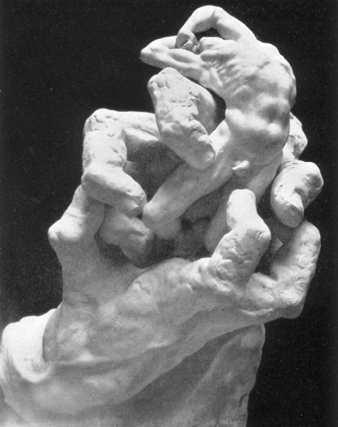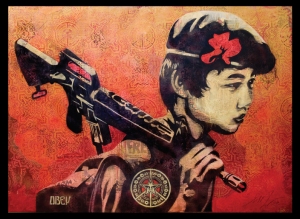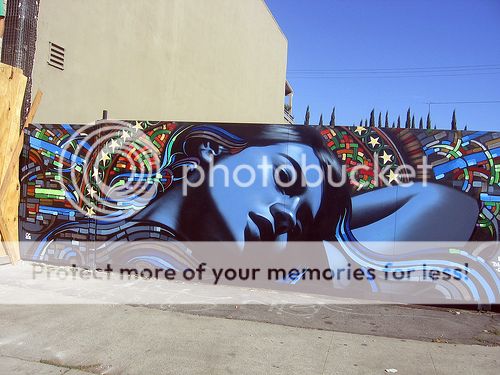As a counterpart to the thread, Adventures in Art History, I thought I'd start a thread exploring the art of "today". A lot of my posts will come from my blog... sometimes edited... but I certainly welcome and enjoin others to participate and post their own discoveries in the art of here and now.
London Fieldworks was formed in 2000 by artists Bruce Gilchrist and Jo Joelson for creative research and collaboration at the art, science and technology intersection. Typically, their projects engage with the notion of ecology as a complex inter-working of social, natural, and technological worlds.
London Fieldworks’ Spontaneous City in the Tree of Heaven is a sculptural installation drawing on the ecology and biodiversity of two sites on opposite sides of London: Duncan Terrace Gardens in the East and Cremorne Gardens in the West. The installations are constructed from several hundred bespoke bird boxes mounted in two trees of heaven (Ailanthus altissima) and reflect the forms of the surrounding architecture; a combination of Georgian town houses, and 60’s social housing around Duncan Terrace Gardens, and the World’s End Estate adjacent to Cremorne Gardens. Spontaneous City in the Tree of Heaven has developed out of a recent London Fieldworks project, Super Kingdom, commissioned by Stour Valley Arts for Kings Wood in Kent, where ‘show homes’ for animals were constructed based on the architecture of despot’s palaces.
The installations have been commissioned for the Royal Borough of Kensington and Chelsea and Islington Council by up projects as part of their Secret Garden Project ; a new programme of artists commissions and events for secret gardens, lesser known green spaces, and urban corners across London.
Spontaneous City has also been commissioned by the Norfolk and Norwich Festival, May 2011, across three of the city’s public gardens, lesser known green spaces and urban corners. and also in May for the Clerkenwell Design Week, as a their 2011 legacy project. The Spontaneous Cities are temporary interventions in the trees reflecting the local architecture, a metaphorical interplay between the condition of the animal and the human. As well as being open to occupation by urban birds and insects, Spontaneous City can also be read as an allegory of population crash and dwindling biodiversity.
http://stlukesguild.tumblr.com/post/...don-fieldworks
http://www.londonfieldworks.com/















 Reply With Quote
Reply With Quote



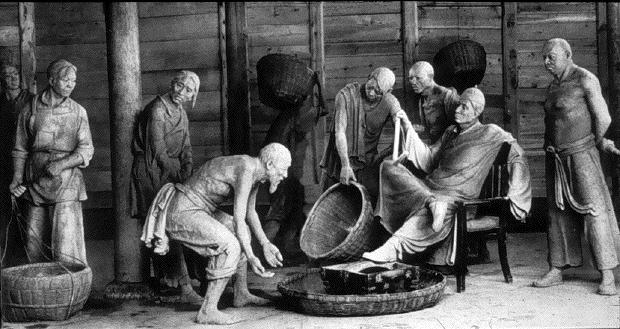

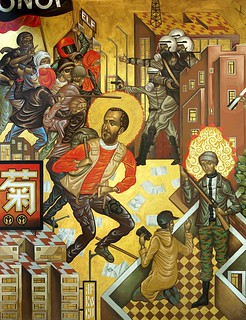


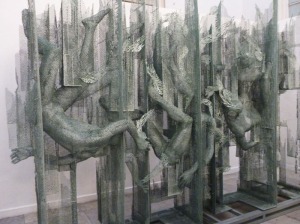










































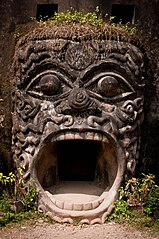






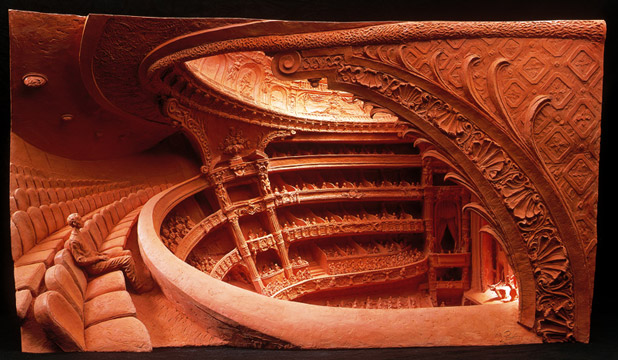.jpg)
.jpg)
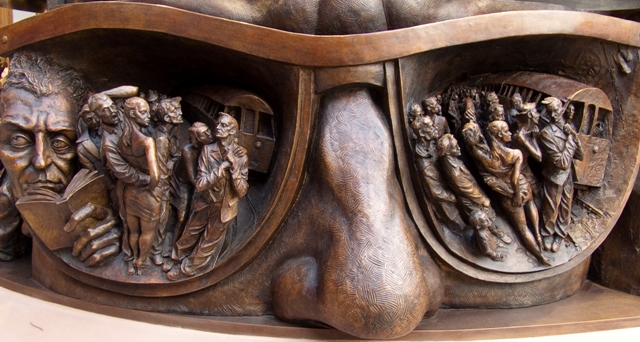.jpg)
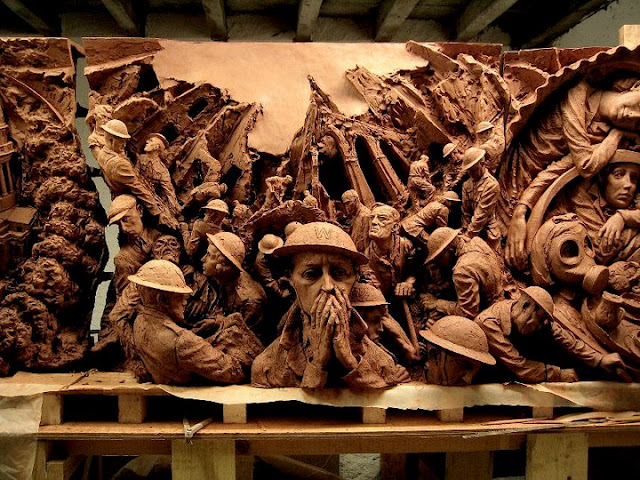.jpg)
